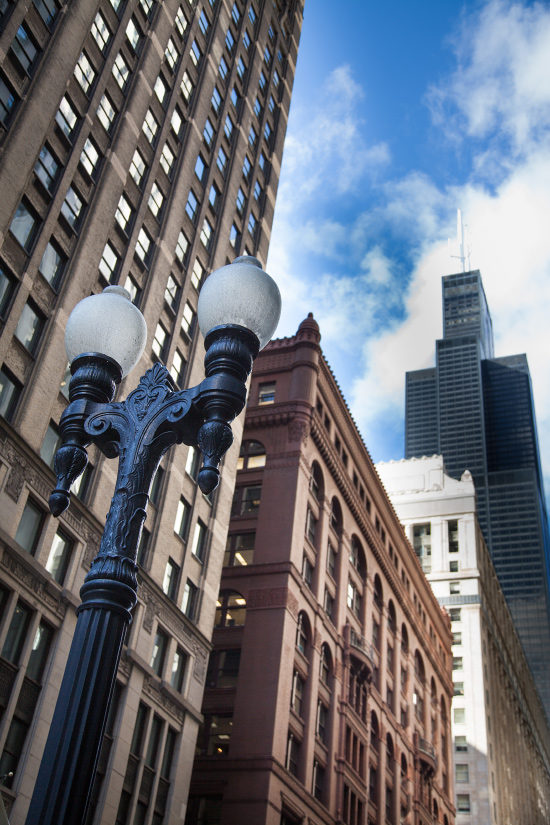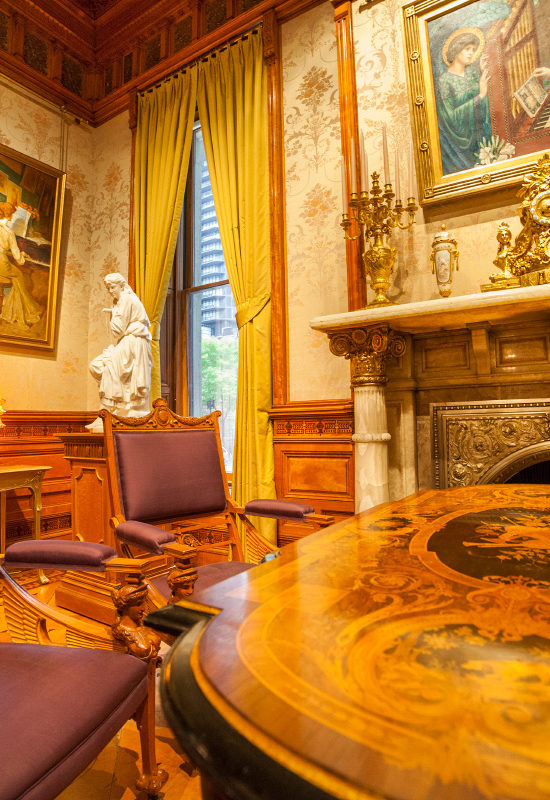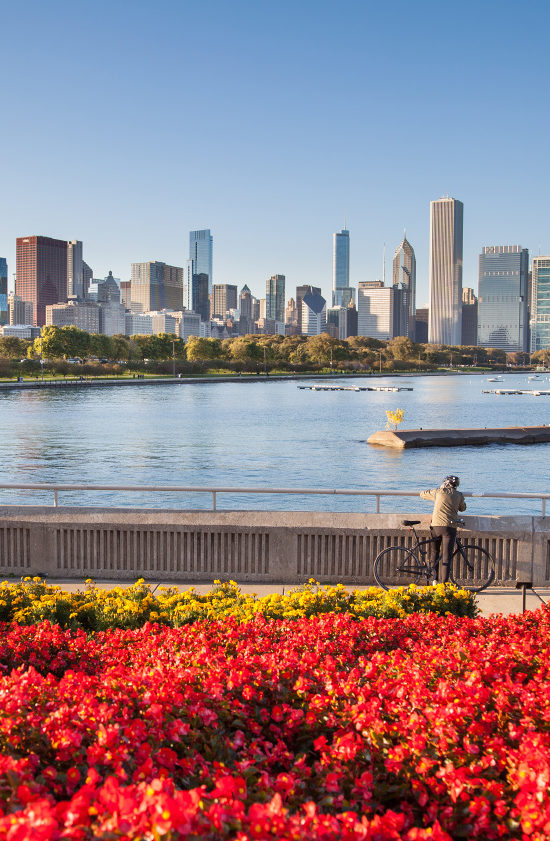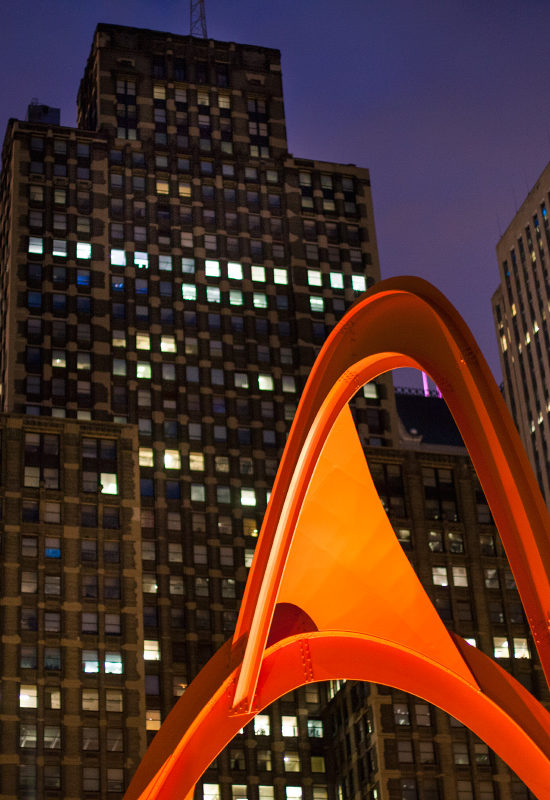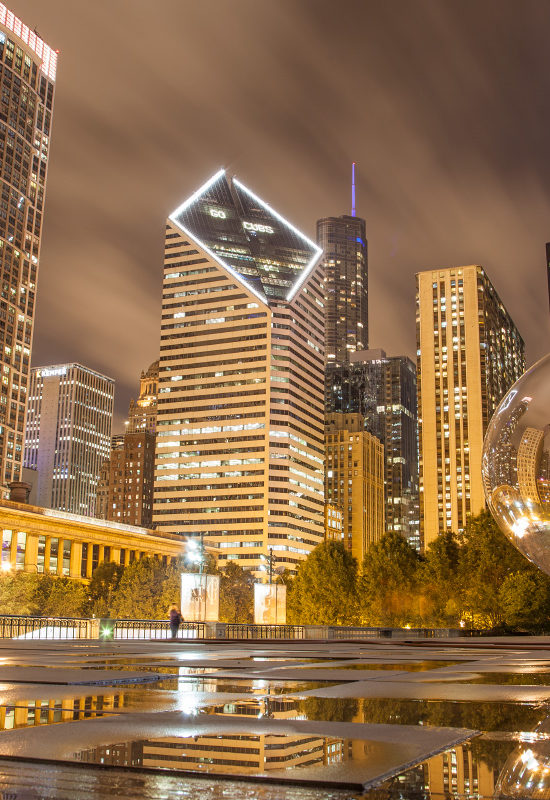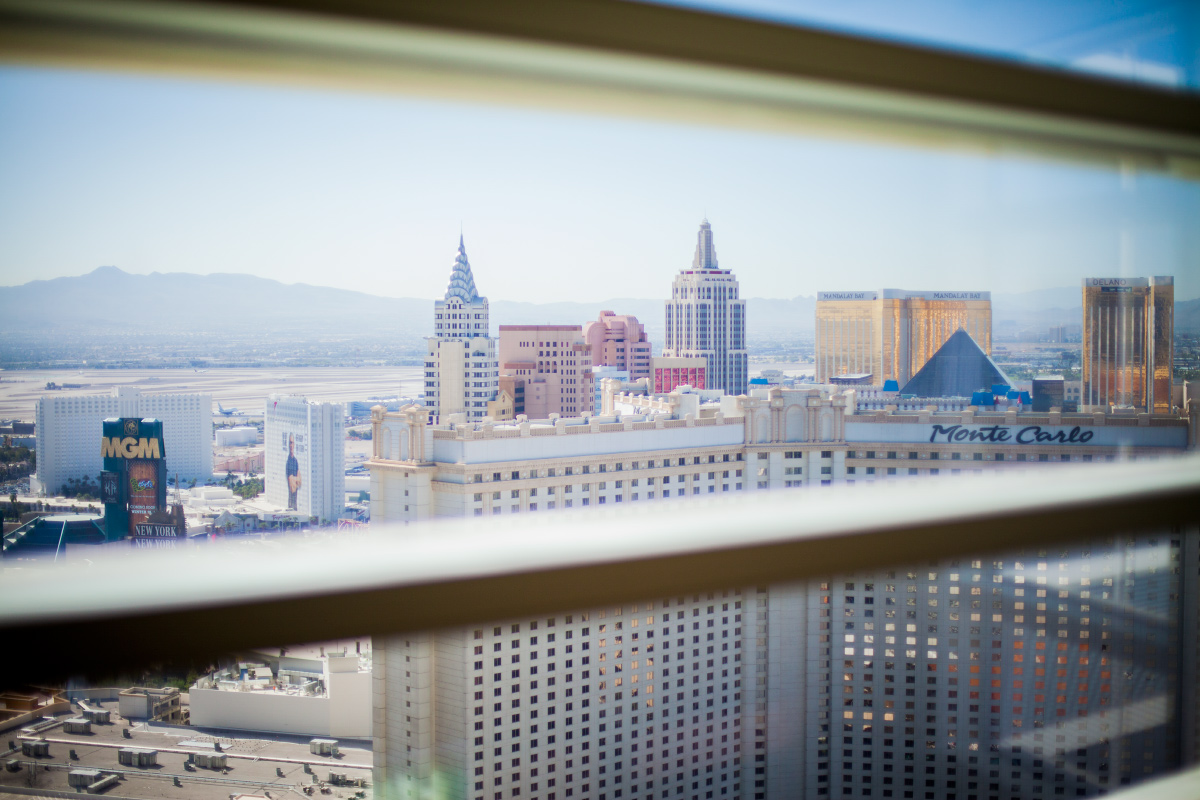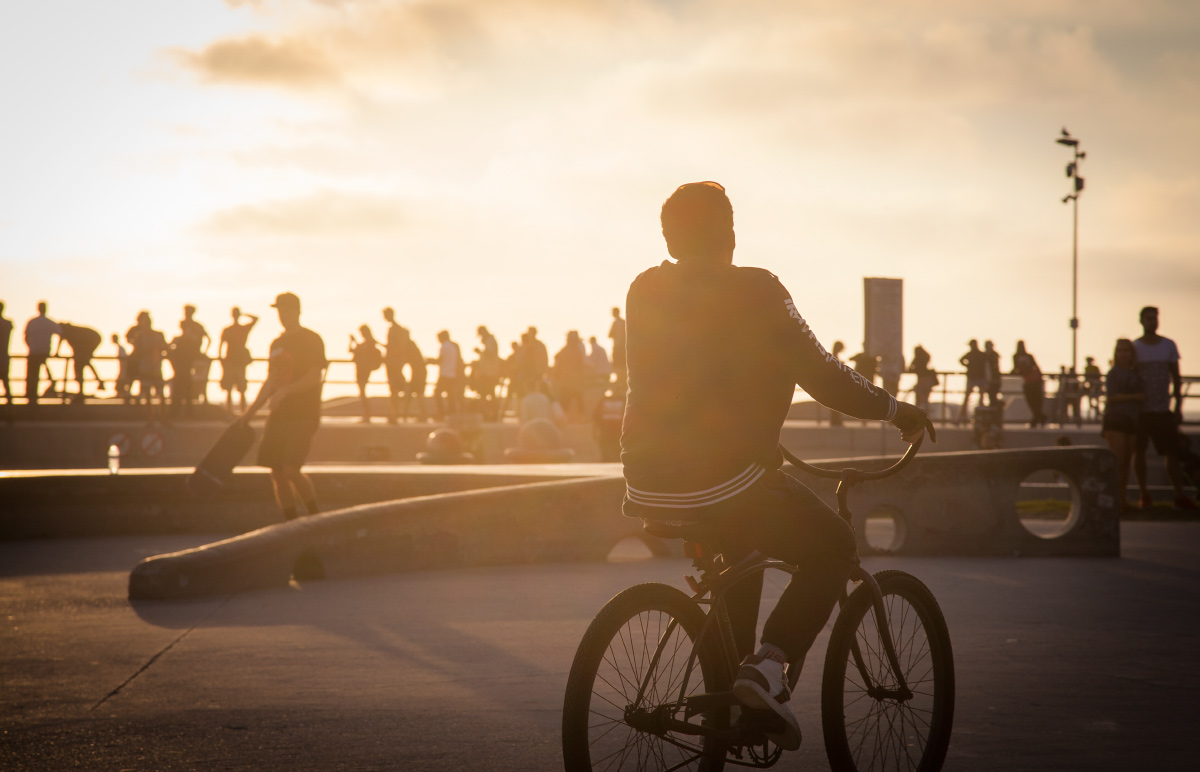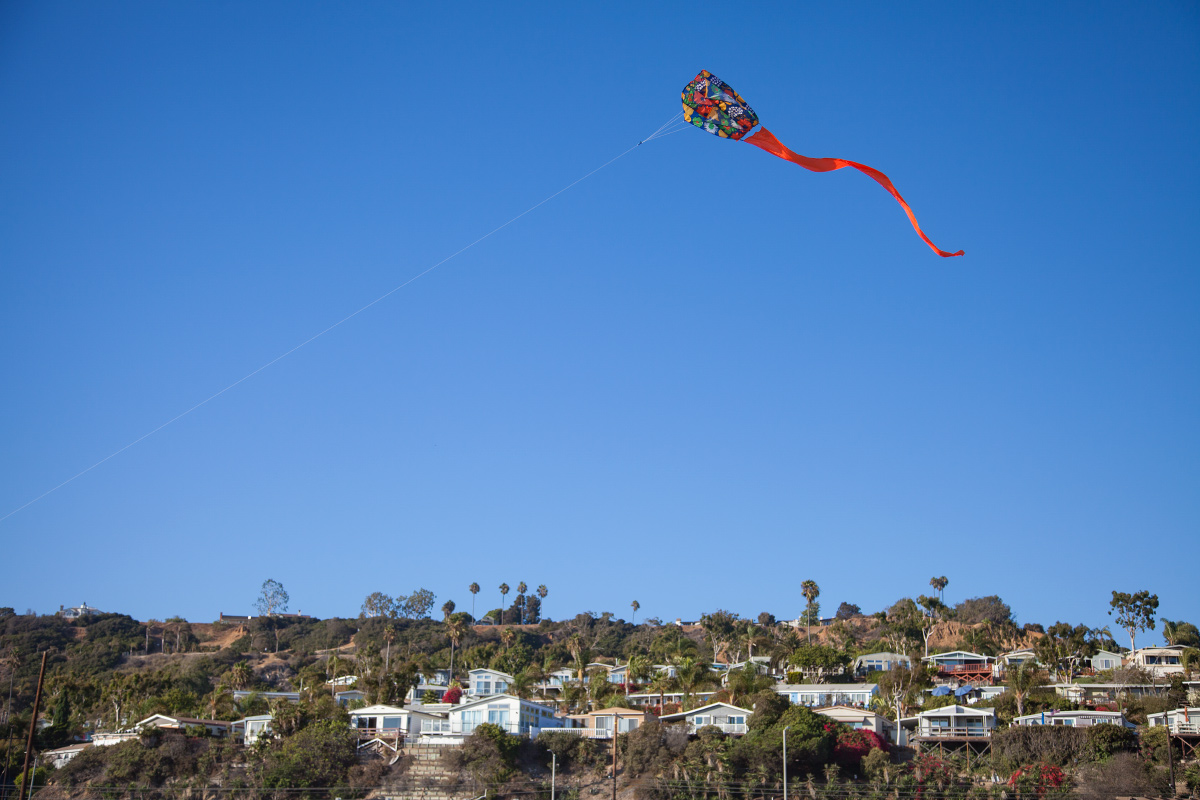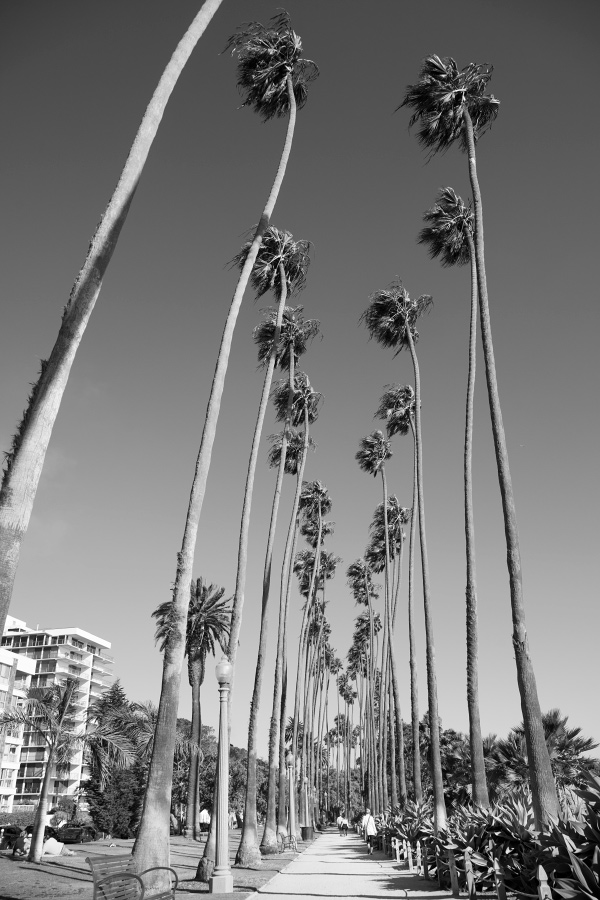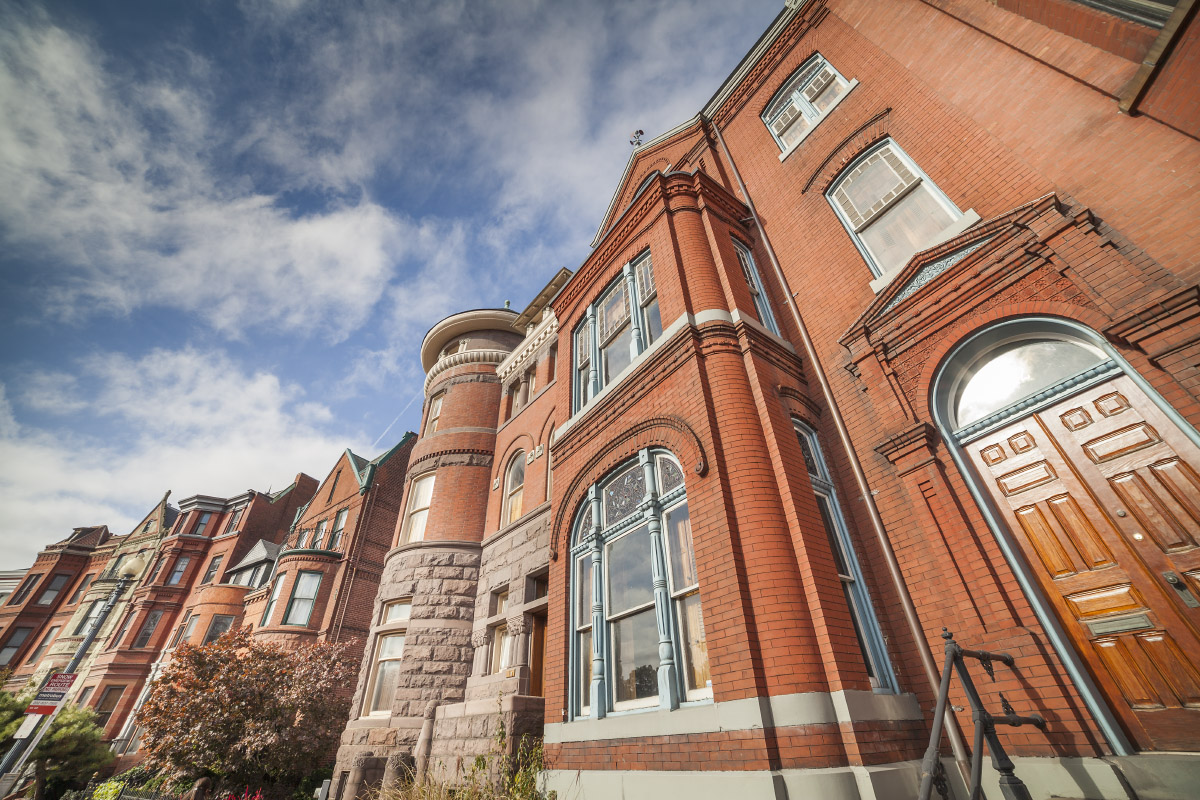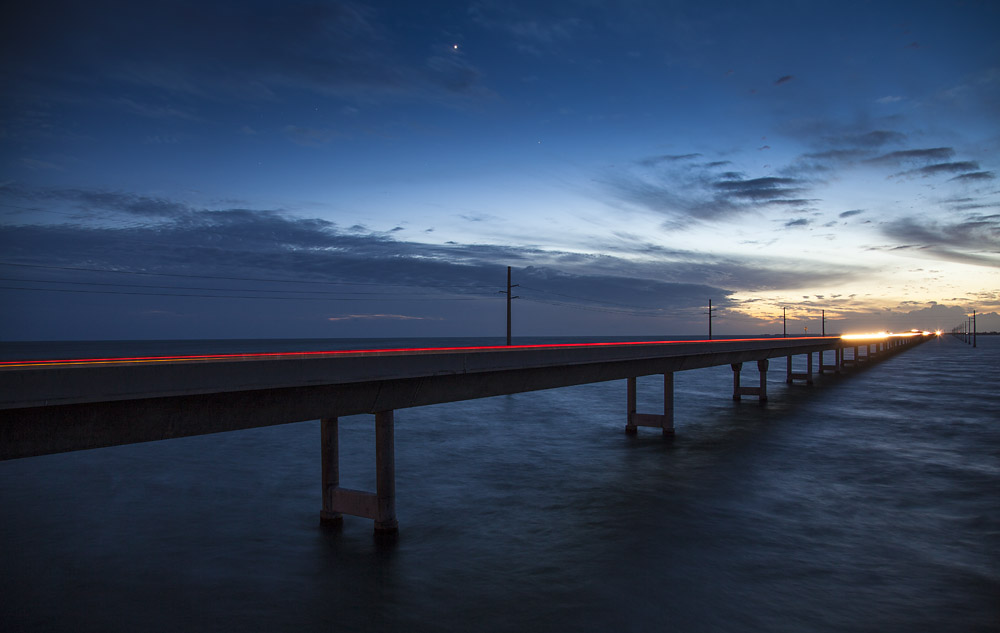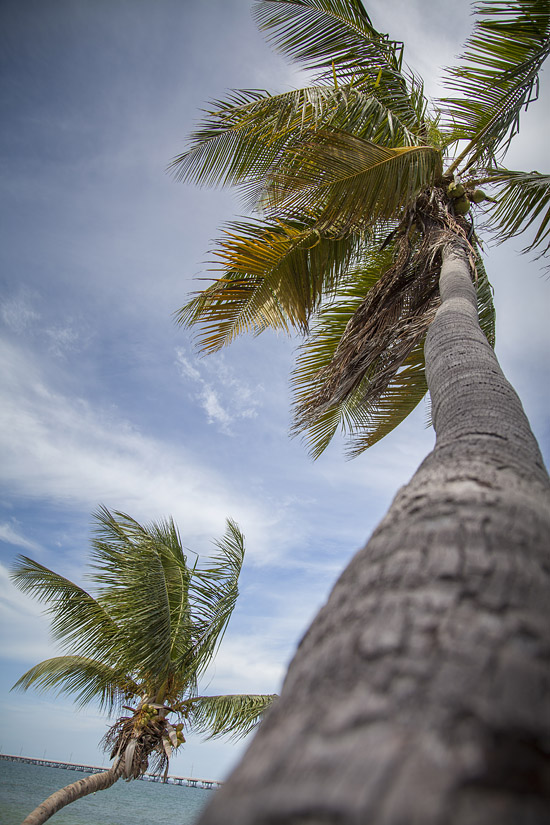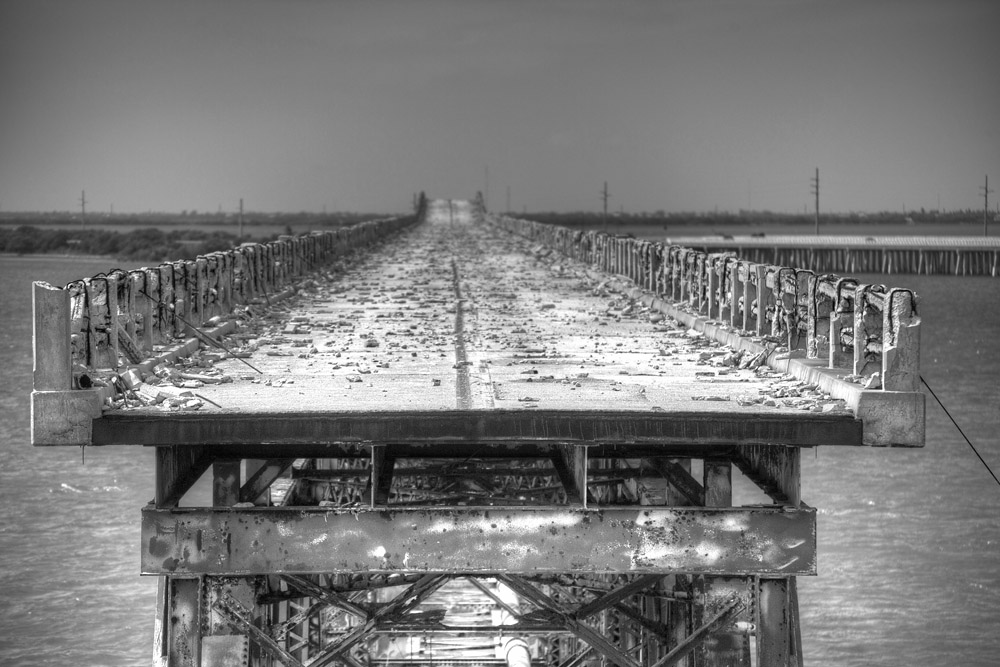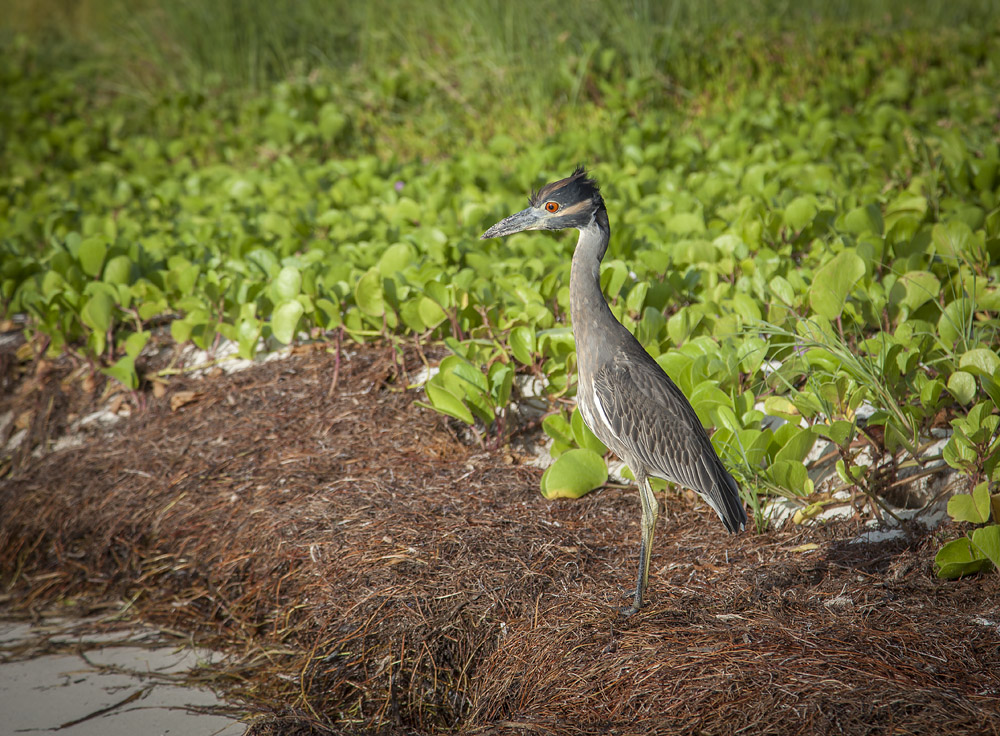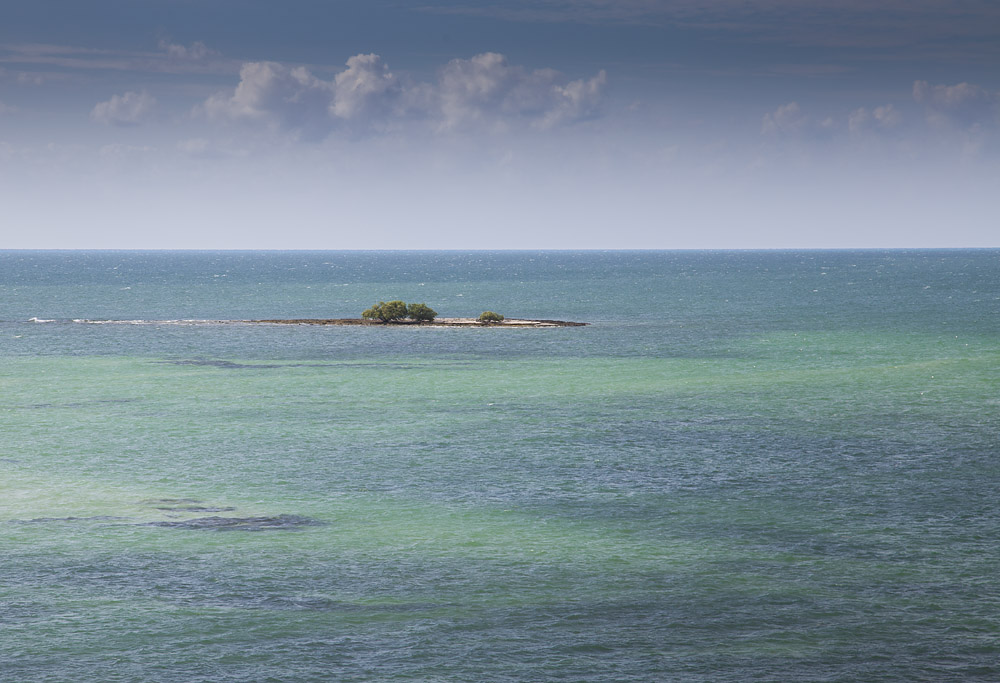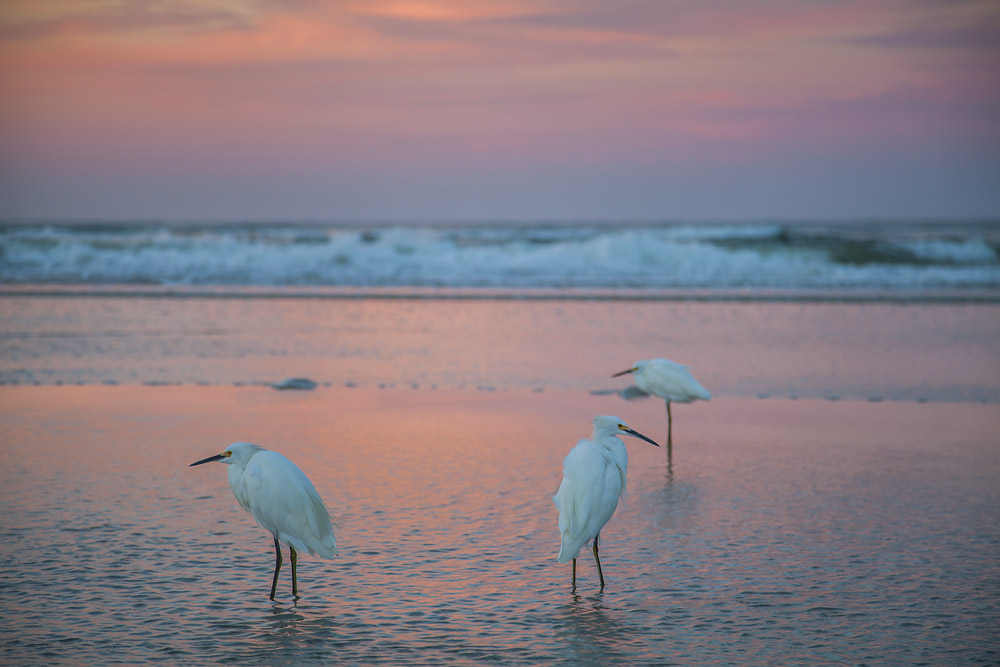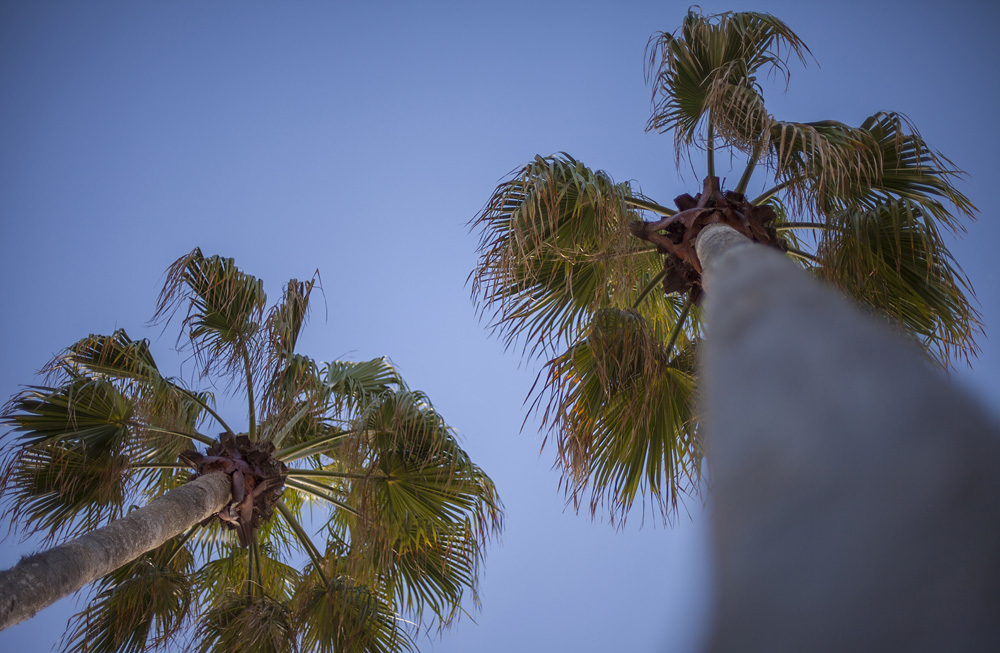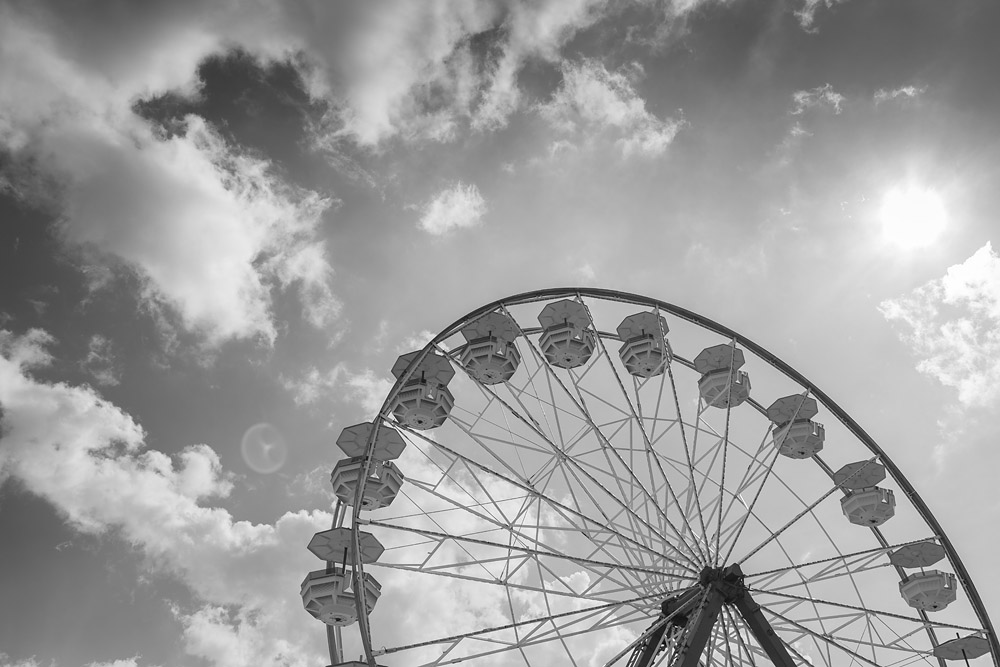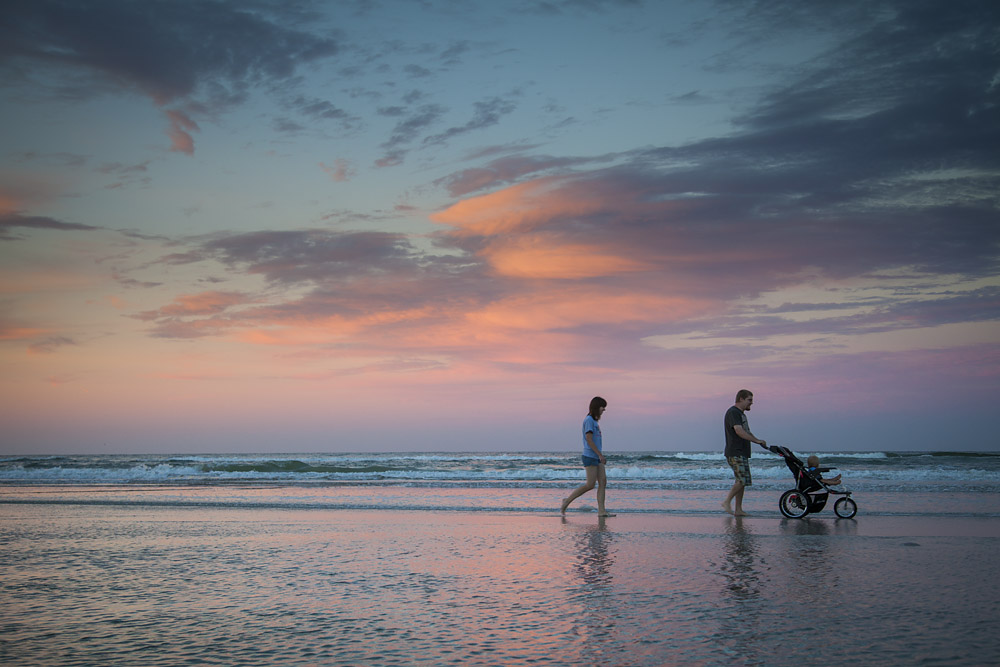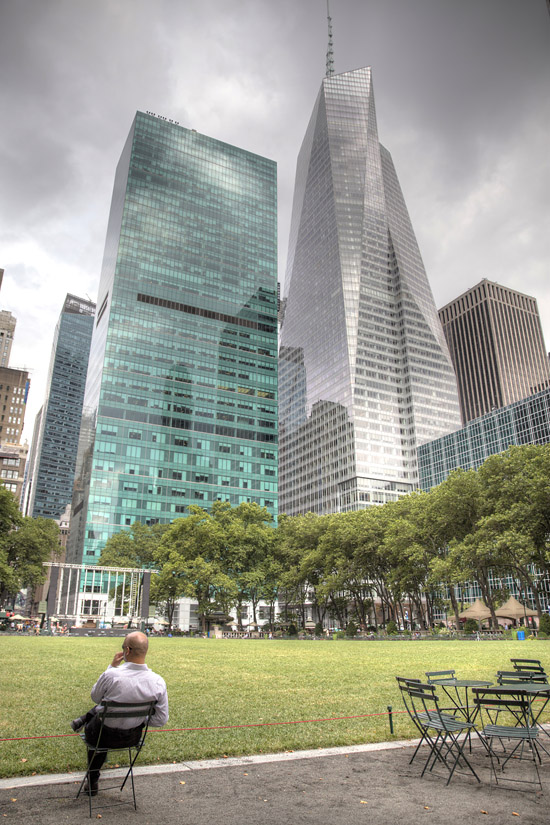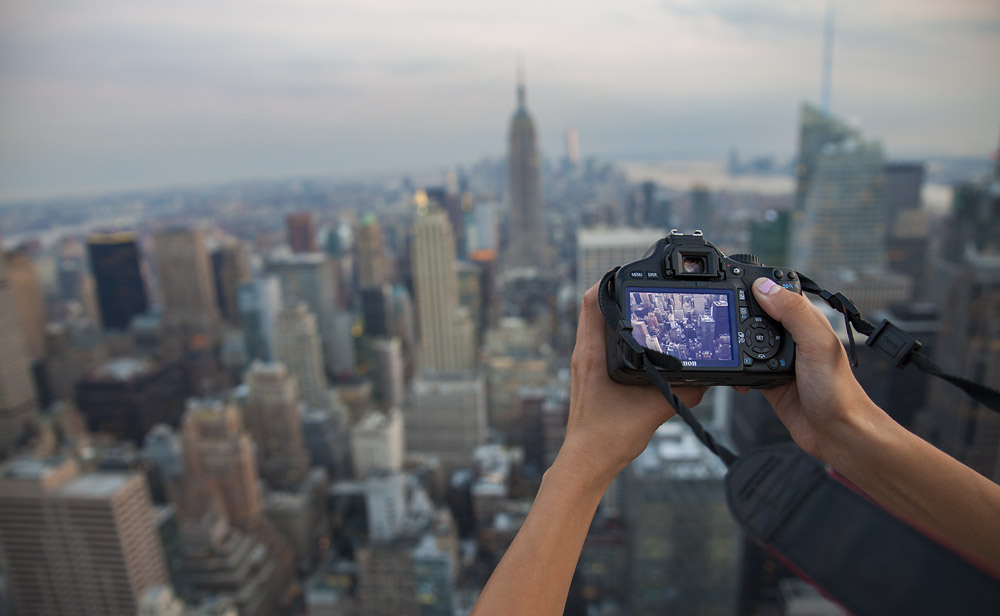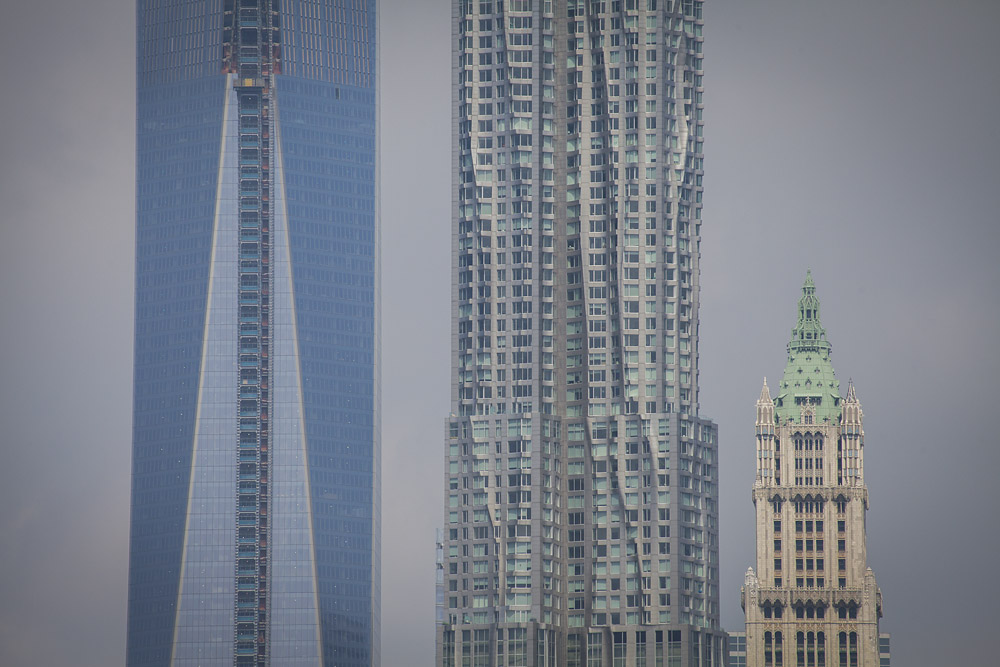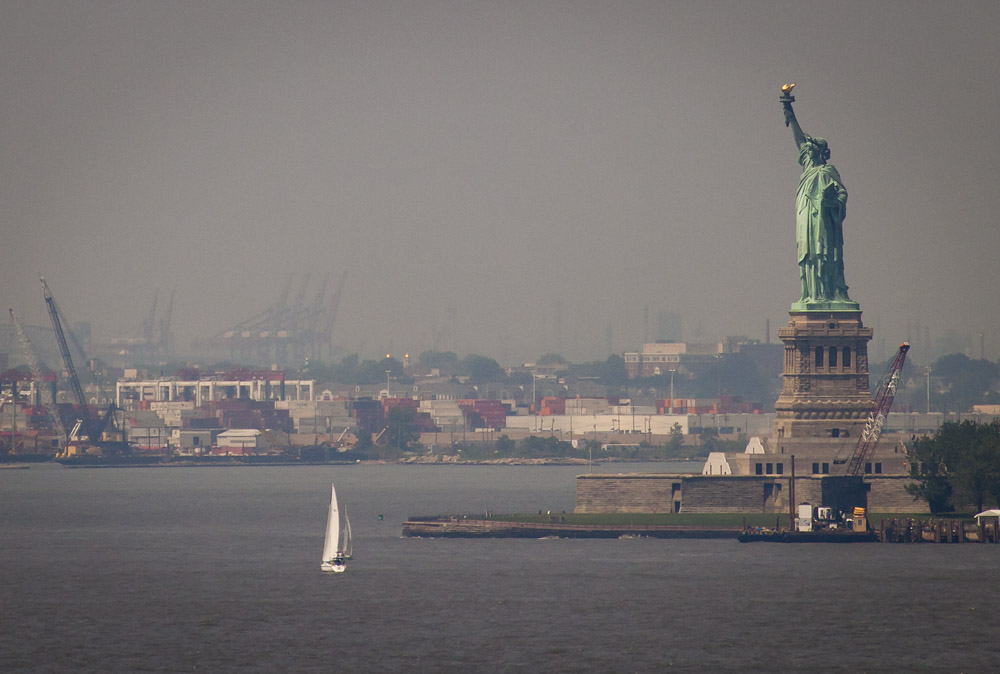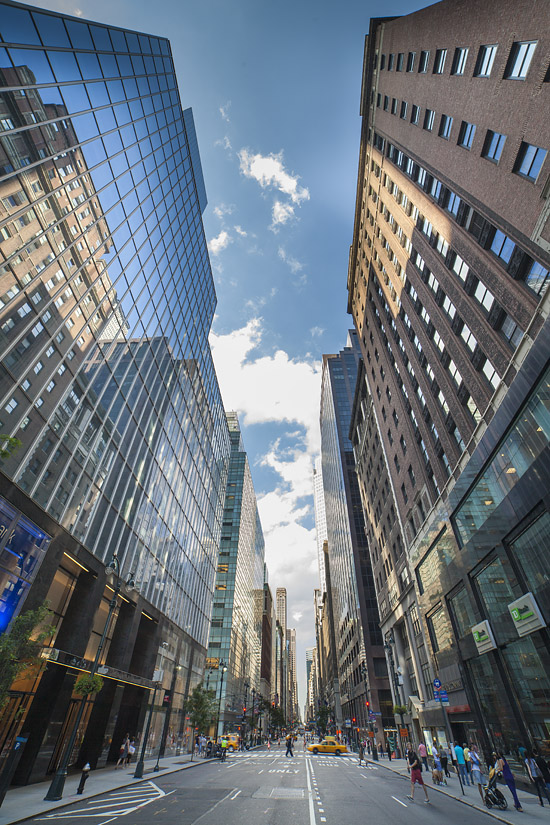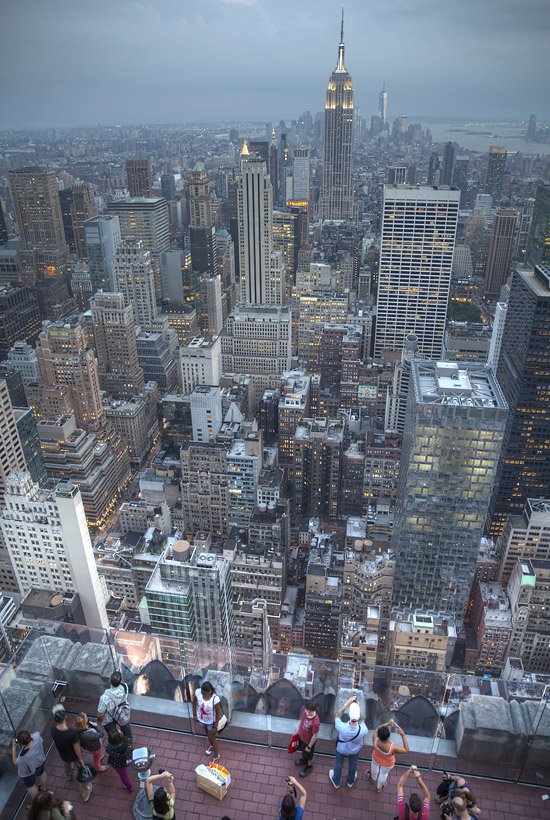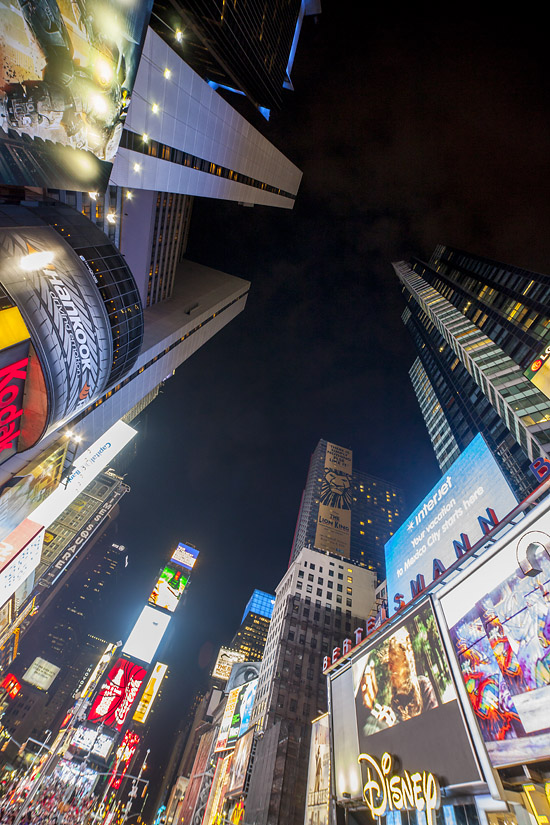A Rugged Coast: Big Sur and Central California
The Central California coast between Carmel and San Simeon is a rugged and often remote coastline that was until the 1930’s considered one of continental America’s last frontiers. Finally in 1937 its first road was completed, a beautiful 71 mile stretch of highway that runs directly between seaside mountains and the jagged coastline. The “Pais Grand Del Sur” or “The Big Country Down South” from Monterey was finally open for the world to see.
The “Big Sur” name stuck. The highway has been closed 55 times since it has opened (at the time of writing, is still closed in a few spots due to landslides) – indicative of the treacherous terrain the highway crosses. There are waterfalls and redwoods, land bridges and mountain ranges. There’s even a castle. Visit in the off season and you’ll have a chance to have the highway all to yourself. This gallery covers roughly the area of Pismo beach in the south, to Monterey in the north, but you’ll also see a few pictures from other coastal communities in California. Click here for the gallery.
Gallery Update: Chicago
I’ve updated my gallery of Chicago with pictures from a recent stay – lots of architecture, streetscapes, and colorful views of this marvel of a city. Here’s a link, with some highlights below.
Photographs from the Pacific Southwest.
I’ve updated the Las Vegas and Los Angeles galleries with new pictures.
The renowned architect Frank Loyd Wright once said “Tip the world on its side, and everything loose will land in Los Angeles”. LA is a city of dreams, stars, and freeways. It can be a surreal place to visit, partly because even if it’s your first time in the City of Angels, you feel a nostalgia for the city. These sights, you’ve seen before countless times on television. This feeling of bright warm sunshine, the palm tree lined streets, the Hollywood sign in the background – it feels so familiar. Los Angeles is certainly one of the most culturally influential cities of the world. Hollywood has become synonymous with the movie industry as well as celebrity culture, but it’s also a city of creativity and new ideas – the motion picture industry that took hold here was more of a consequence of this creative ideology than the precursor to it. The scale of America’s second largest city is too daunting to take in, but scaled down to it’s famous neighborhoods, beaches, and landmarks you’ll find LA’s true identity.
Four hours east, in the middle of an inhospitable dessert lies the city that seems impossible. A towering billion dollar strip of megahotels, with regal recreations of Paris, New York, and Egypt among others hundreds of miles from any major city. The landscape is martian. You’d imagine a soulless city built by the Mob as one big red light district would be completely unrewarding to a conscientious traveler – but surprisingly, you’d be wrong. There is great people watching, fascinating feats on engineering, and reliably warm weather aside from a short winter. The city conveys a surprising story, of people and money from all over the world arriving in a city of the old west. The unfathomable city, with its often tacky exuberance, is unique in the world. There is nothing like Las Vegas.
Short Take: Philadelphia
There was no city more important than Philadelphia during the birth of the United States of America. From the initial meetings of the Continental Congress in 1774 to the signing of the Declaration of Independence 3 years later, Philadelphia seemed like a natural capital for the new nation. For 10 years congress indeed met here, until creating a federal district in Washington in the year 1800.
As much of American revolutionary history is indebted to Philly, a square mile of land in the city center full of georgian/colonial architecture dating back to that era. Independence Hall (1753) is the star attraction where the most pivotal moments in the country’s history played out, but you can also sit in the pew of Christ Church (1744) where George Washington sat on Sundays when he was the first president of the United States, or gaze upon the first national bank of the United States (1791).
With all that said – that was over 200 years ago. Philly has changed a lot since then. From the bustling Great Migration in the first half of the 20th century, to the decline of the city’s economy in the 60’s, 70’s and 80’s, the city now feels right where it should be. It’s a city that knows it’s been through a lot; its gritty and often tattered, but walks with a prideful swagger. Click Here for a short look at Philadelphia.
Temples and Monuments: Washington D.C.
It was only on this recent trip to Washington D.C. that I came to the (perhaps unsurprising) realization that in America, the country’s historical leadership stand shoulder to shoulder with God himself. Temples suitable for Zeus or Apollo, are in this case for Abraham Lincoln and Thomas Jefferson. In a fresco where at the center you’d expect to see a painted Christ, in Washington you’ll find George Washington at the top of the rotunda at the United States Capital.
Washington D.C. is a spectacular tribute to America’s rich history. The temples and monuments are remarkably enlightened with messages appropriate for the challenges the American hegemon faces today. As a whole, the city is beautiful and educational. I hope that my photos here show some of D.C.’s greatest charms; A seat of power with a storied history, the brilliant city of lights, and the temples fit for its Gods.
“Laws and institutions must go hand in hand with the progress of the human mind. As that becomes more developed, more enlightened, as new discoveries are made, new truths disclosed, and manners and opinions change with the change of circumstances, institutions must advance also, and keep pace with the times. We might as well require a man to wear still the coat which fitted him when a boy, as civilized society to remain ever under the regimen of their barbarous ancestors.” – Thomas Jefferson July 12th, 1816.
Follow the link to the gallery.
The Keys: 1700 islands
The overseas highway gracefully arcs across 43 islands and over 200km with The Atlantic Ocean on one side, and The Gulf of Mexico on the other. Its single lane in either direction is all that connects these small coral islands to the mainland, so as you drive further and further over these bridges into the middle of an ocean, you may consider if a highway this long and narrow has any business making its way so far out into the ocean.
Tourism in the Keys has certainly had an effect on the way of life here, but the locals seem to have their own brand of laid back and easy going. The people I met were outgoing and friendly; every waitress, bar tender, even a hotel owner who invited us into her home for her homemade Key Lime Pie. If it wasn’t enough that the weather is tropical, the islands are picture perfect, and the seafood is fantastic (I’d go back for the stone crab alone), the people in the keys won me over and made this trip an enriching one.
You may want to click here for the gallery.
You may want to click here for the gallery.
Daytona USA
When visiting Florida, Daytona Beach might not be the first place people flock to unless they’re heavy into NASCAR. It seems to me though, that Daytona Beach might have just the right amount of attractions, with just enough urban neglect to keep prices low relative to other resort destinations. The beach is endless both long and wide, so much so that during low tide you can seemingly play Jesus and walk on water. A keen eye will often see dolphins travelling just off shore. While I can’t wholeheartedly recommend Daytona Beach to everybody out there, I can say that there’s a lot of fun to be had there, and with a certain laid-back beach town charm that helps you almost feel at home.
Click here for the gallery.
Cities and Empires: New York
New York circa 1930. The empire. In the history of humankind, there have been many empires, many cities of empires. A central urban hub where profits are stored, and symbols of power are on display. By 1930, the city of New York became a new breed of modern urbanity unfathomable in the rest of world. It was magnificent. How quickly it surpassed the old superpowers of Europe. How quickly Wall Street became the financial Mecca of the global economy. Towers rose vertically like as had never been seen; 14 of the 15 tallest buildings on earth were on the island of Manhattan. Its streets and towers are not simply a marvel of architecture and engineering, but they draw fantastic historical parallels to America’s rise to the global superpower that has shaped the world for over a century.
Click here for the gallery.

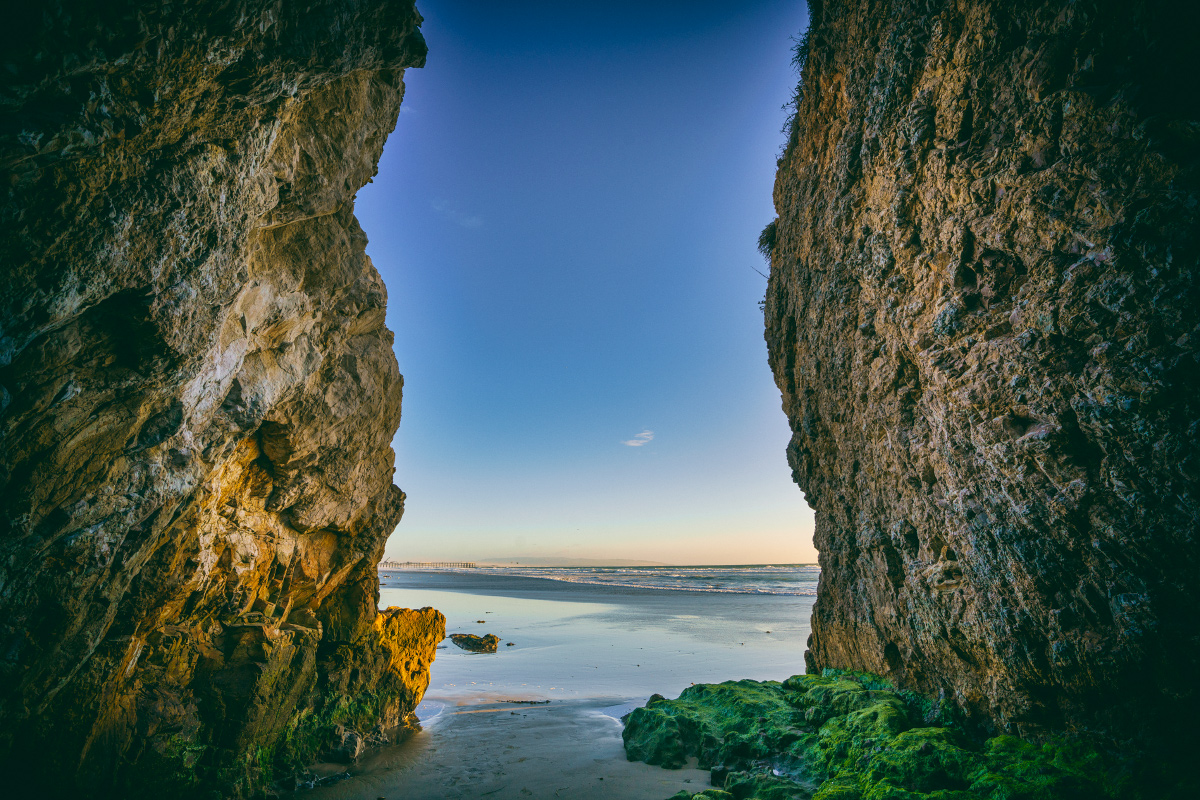 –
–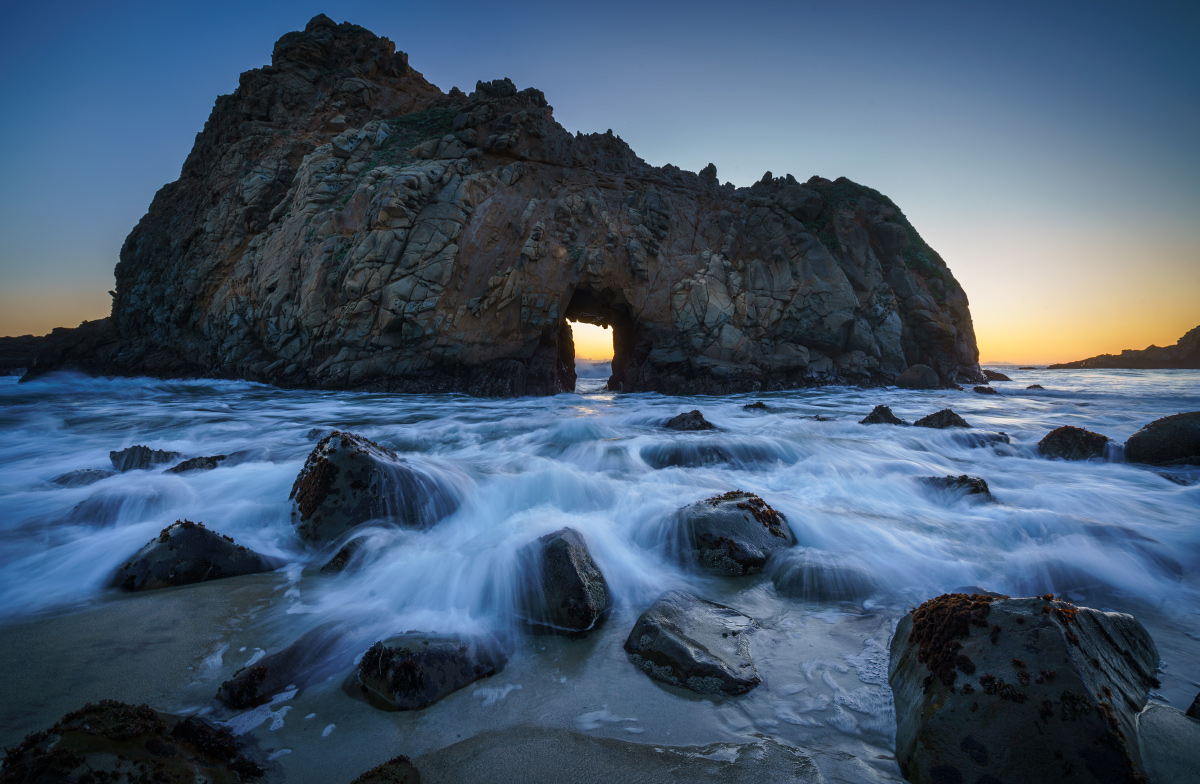 –
–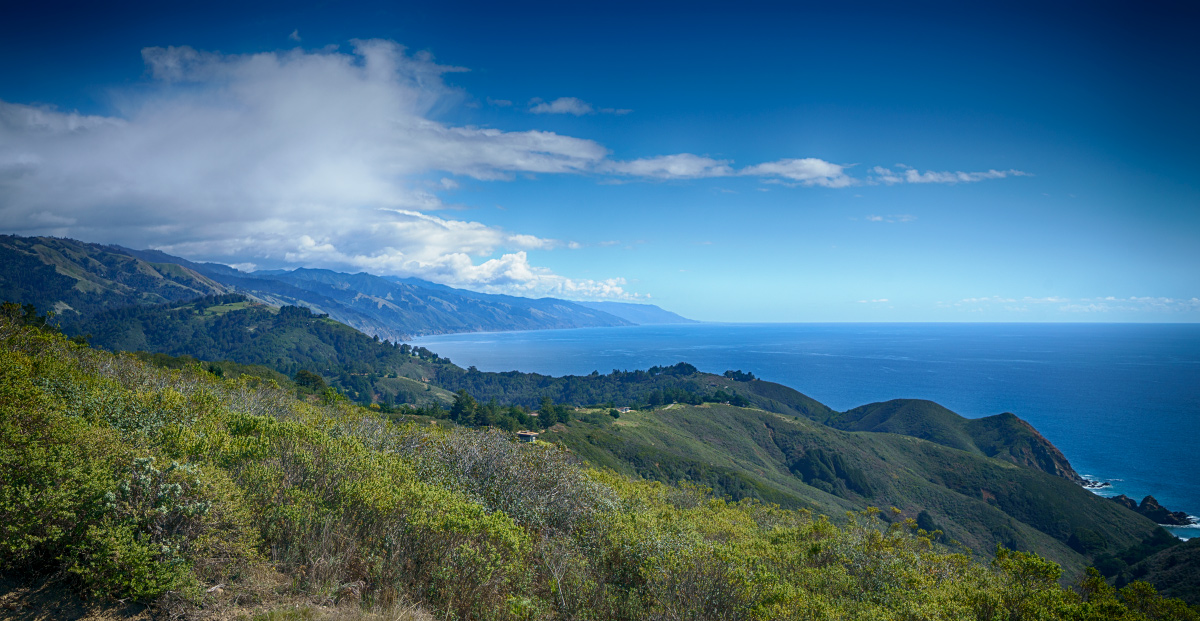 –
–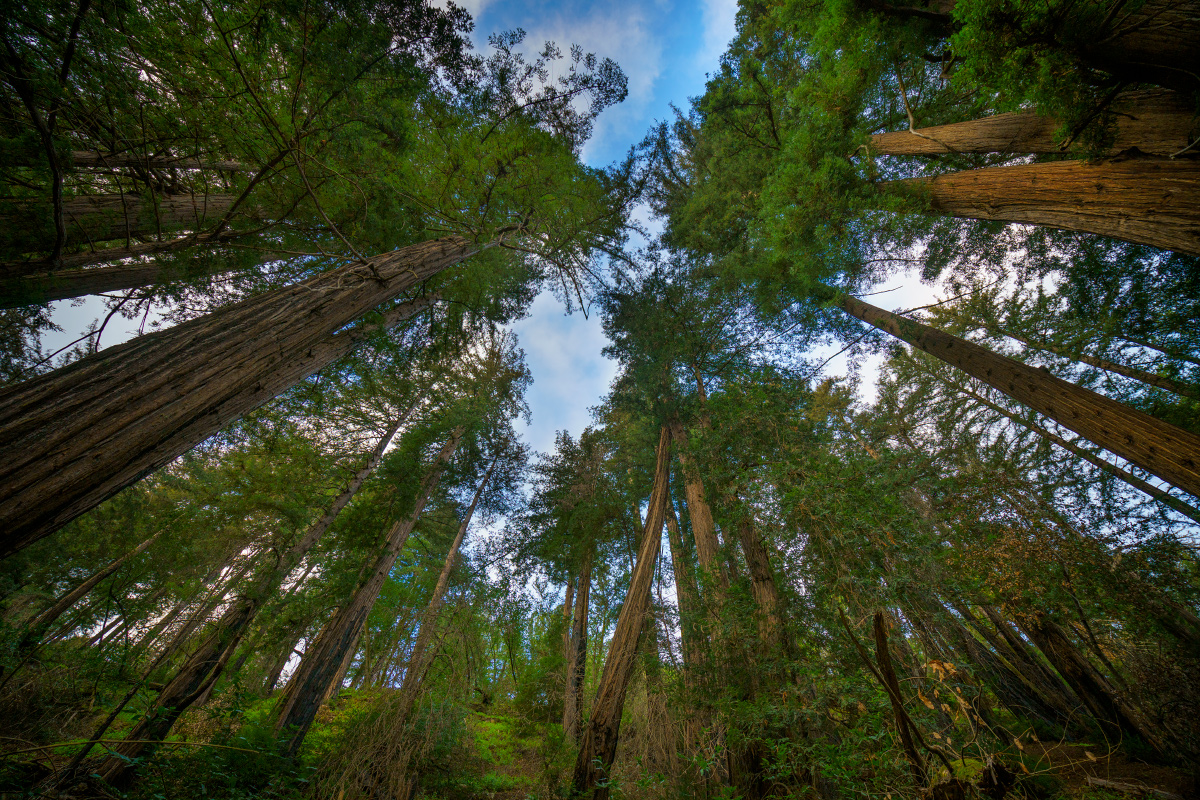 –
–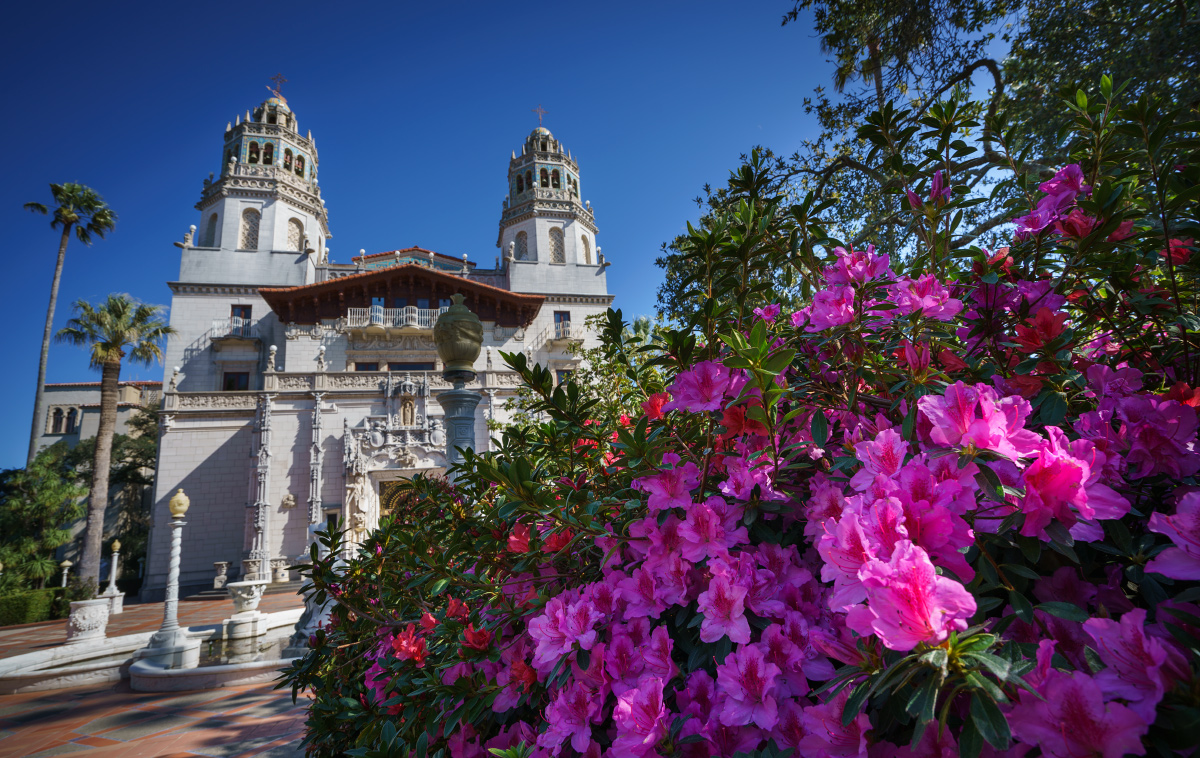 –
–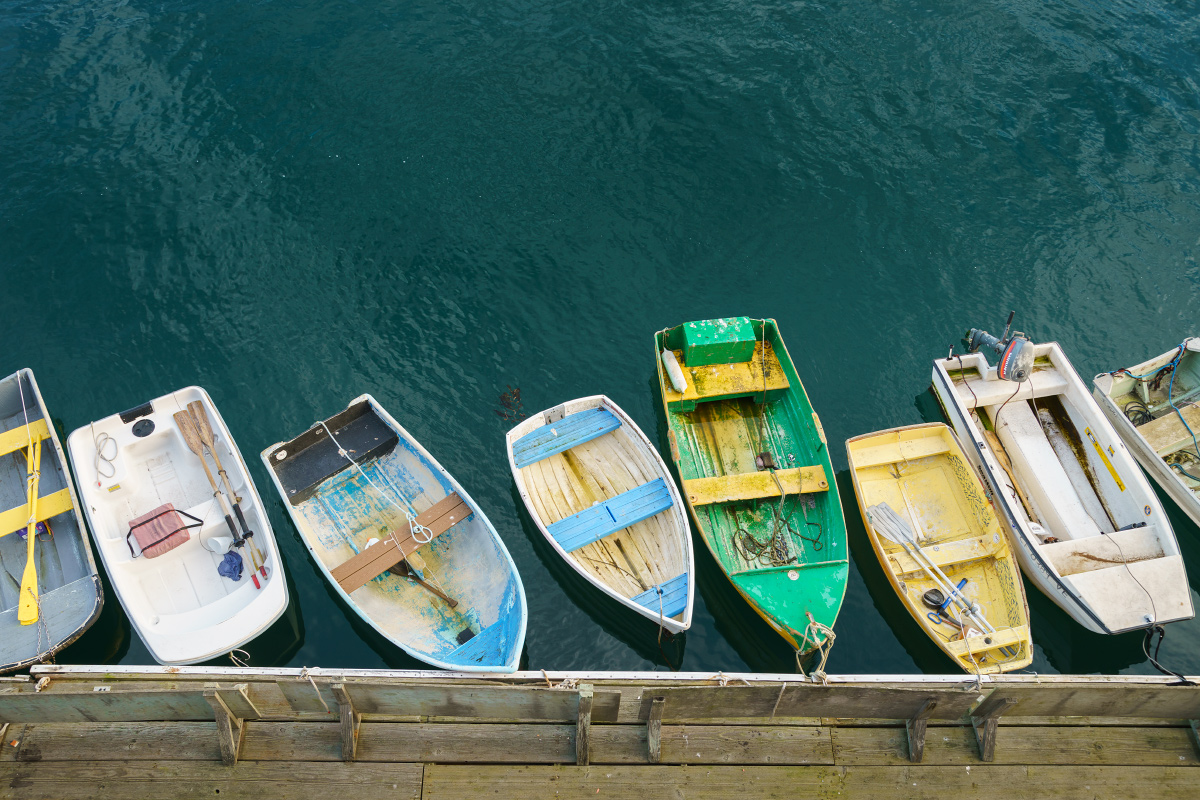 –
–